|
In summer I researched and wrote a new resource for history and heritage educators on behalf of Curious Minds. Drawing together examples from across the North West, covering an array of indoor and outdoor museum and heritage locations, it explores how schools and heritage organisations have worked together to help young people learn about their local history in cross-curricular ways. It's particularly relevant to the Key Stage 2 curricula but extends to KS1 and KS3 too. Browse or download above, or from my resources page.
Each case study includes - Description of a topic or activity - Objectives and outcomes of the activity - Practical activity suggestions to include in topics / lesson plans - Top tips for planning and practicalities - Links to further resources Includes five example case studies of projects by schools and museum or heritage sites working together cover these overarching themes: - Investigating a heritage site (through the ages and a timeline) - Investigating a local street (in this instance Victorian but transferable to other periods) - Investigating a historical period (Stone, Bronze and Iron ages) - Creative engagement with maths (using the art / design of Blackpool Illuminations to cover the full KS1 & 2 maths curriculum) - Exploring the local town (in this instance a coastal town with a migratory mining history) Current History links - the lives of significant individuals in the past who have contributed to national and international achievements - significant historical events, people and places in their own locality - changes in Britain from the Stone Age to the Iron Age - a study of an aspect or theme in British history that extends pupils’ chronological knowledge beyond 1066 - ideas, political power, industry and empire: Britain, 1745-1901 With a foreward from Prof. Kerri Facer - education innovator and advocate for place-based curricula.
0 Comments
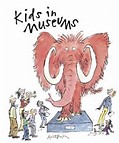 I'm delighted to be chairing Kids in Museums new workshop 'Welcoming Families with Autism' at the Science Museum on February 9th. It's a day packed with experts from museums and arts organisations who can share their experiences of welcoming families with children or young people on the autism spectrum. You can book for the event here or keep an eye on future workshops here It's a subject I've been interested in for many years and have blogged about previously, though my interest has ramped up several gears over the past 12 months thanks to my involvement with two local autism charities, and my work with Lancashire Museums who commissioned me to research the subject of museums and autism from the perspectives of museums and autistic visitors. You can read more about that on my separate, ongoing blog http://www.museumsandautism.tumblr.com/ which combines museum practice, feedback from families and visitors on the autistic spectrum, and expert reports and presentations on the subject. 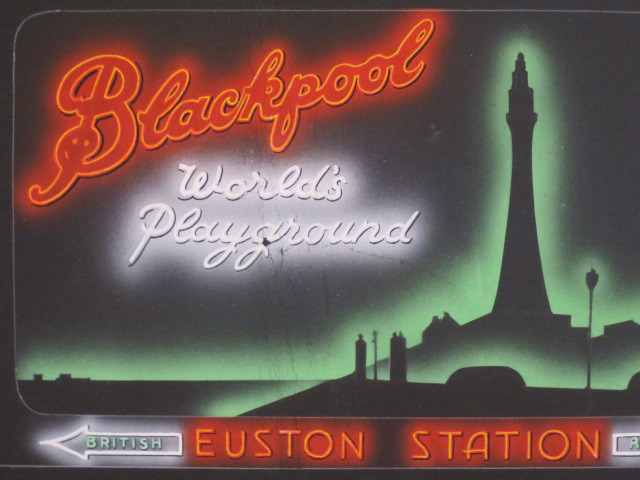 I am so very lucky to be able to get involved with such a wide variety of projects. In each one I love to find out about new collections, artworks, exhibits, activities and the people behind them or indeed at the receiving end. Right now I'm writing a resource pack for Curious Minds which looks at how local heritage can be used to work with schools towards an area based curriculum. The resource will include several case studies, one of which features Blackpool Illuminations. It's little known that the Illuminations have a historic archive, or that they are all designed and made in Blackpool itself, at a design and manufacture depot called Lightworks. You might like to read this excellent page about where the magic happens. Many images from the archive of illuminations artwork and some accompanying catalogue detail is available at the Illuminations blog right here. On occassion, Lightworks opens up for tours for special events and groups such as Heritage Open Days. A potted history of the illuminations is provided here. Further information is available here. Meanwhile, the Curious Minds resource, and another teaching resource produced by cultural team members of Blackpool council offering many ways to use the illuminations to support maths based learning - developed in close consultation with teachers, will all be available online to download as a pdf in due course. Image: Up for Promotion, copyright Blackpool Illuminations Collection 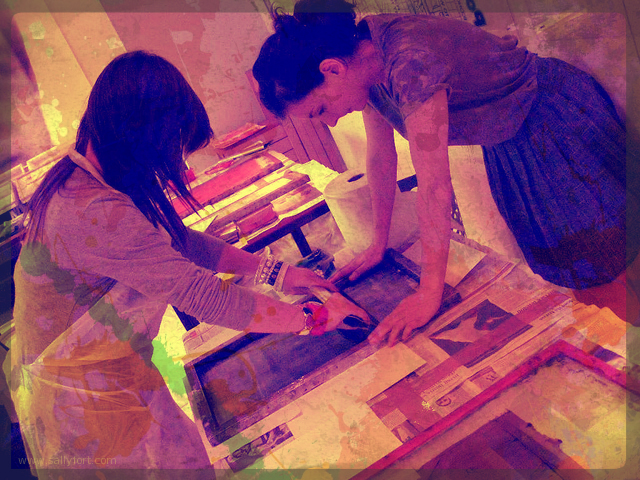 Do you have experience of working with children and young people in rural areas through arts / culture / media? I'm currently doing a small piece of research for a rural consortium who are at the start of creating a county-wide strategic approach. I'd like to provide the group with some core principles to inform the way they think about their work and some good case studies / examples of relevant activity to help them reflect and be inspired. Can you add some tips / advice based on your own experience and / or do you know of some relevant programmes, projects, policies, initiatives etc? If you could answer any of the 4 quick questions here, please do - let's hear about your experiences and top tips, thank you so much. (Survey closes 31st Dec 2014) http://bit.ly/ruralCYP 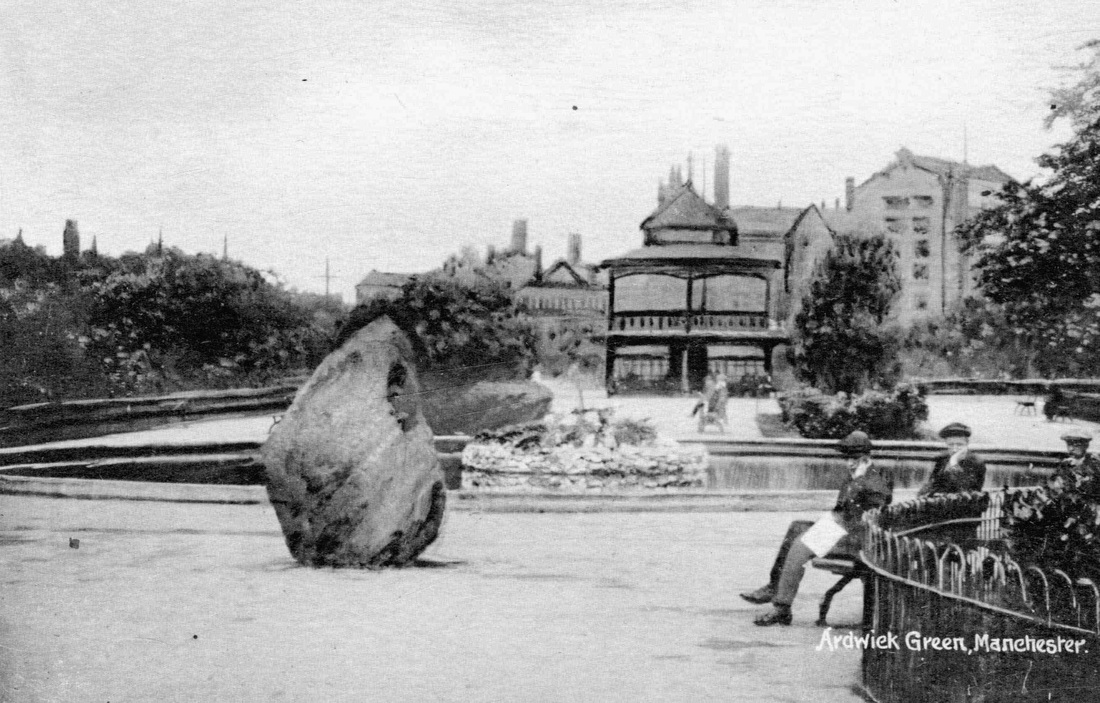 Image courtesy of Manchester Libraries, Information and Archives, Manchester City Council Image courtesy of Manchester Libraries, Information and Archives, Manchester City Council I've just recently started work on the evaluation of a year long programme hosted by Manchester Metropolitan University's Institute of Humanities and Social Science research. Entitled Creating Our Future Histories, the scheme sees 'early career researchers' (usually those who are completing a PhD, or are just about to start one / have recently finished one) working with Manchester community organisations. Each partnership is mentored by a more experienced academic. The partnerships are punctuated along the way by a series of weekend workshops combining into a professional development course on how community engagement between academics / researchers / communities might take shape. Each partnership is also expected to meet at least once between each workshop. The partner-groups are developing co-constructed plans and activities which research previously uncharted areas of the organisation's heritage, and look towards incorporating their future in a way which will become part of their heritage in years to come - there's the 'Future Histories' part. Late next Spring each group will showcase their findings in creative and public ways - many yet to be decided; though ideas are already circulating about film, video, exhibtions, time capsules and more. I'm about a month in and I'm once again struck by the many rich and hidden histories of Manchester - industry, architecture, battle and radical action, many many things which show the inventiveness and resilience of this sometimes bloody minded and often ingenius city. You can find out more about the project here and I particularly recommend the research group pages and project blogs to find out more about the organisations involved and the progress and reflections taking place. 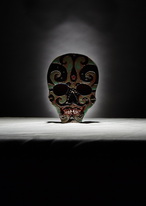 Gothic Manchester Festival Gothic Manchester Festival Just when you thought there was nothing left for Manchester to festivalise, I'd just like to draw your attention to Gothic Manchester Festival 23-26 October, run by The Manchester Centre for Gothic Studies at Manchester Metropolitan University. I'm so excited about this on many levels. Not that excitement and goth really go together but... 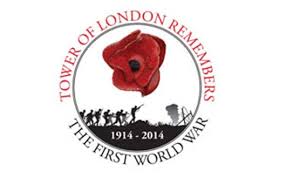 There is an exciting opportunity for potters to get involved in a historic landmark project to commemorate the outbreak of WW1. The Tower of London are currently engaged in a major art installation to place 880,000 Ceramic Poppies around the moat of the Tower for November 11th 2014. At Potclays we are proud to be the supplier of materials and equipment to the project and the fact that part of the installation will be made in Stoke makes it that little bit more special. There is the opportunity for about 20 people to take part in paid work to support a WW1 commemorative Art project. This phase of the project commences on Monday 28th July and the duration of the work is up to 3 months and they need people who have some craft skills - for anyone who has done a BA or MA in ceramics or anyone with a craft background. They are looking for ceramic makers and technicians who can work a 9 hour day (with an hour lunch break) at a rate of £10 an hour for making poppies. This rate is negotiable for experienced makers willing to commit for the 3 month period. The working hours are 8am to 5pm. The work will take place on the site of Johnsons Tiles in Stoke who have a great set up and there would be a lot to gain for graduates or practitioners from a 3 month opportunity working there in terms of learning and experience. Fiamma is especially interested in any technicians or experienced craft practitioners in the team to help meet their target of 880,000 poppies. If they can't do the whole 3 months, they’d still like to hear from them. Please contact Fiamma directly about this opportunity. Please contact [email protected] if you are available, leaving a telephone number. I'm endlessly fascinated by the way any object, let alone a museum collection, can become some personal to people and interpreted so subjectively. We bring to things that which we already know. It's only possible to see and understand the object the way you alone can see and understand it. With that in mind I was fascinated to watch this short film of how some students of Manchester Metropolitan University worked with a collection of random domestic objects from Victorian times. These were items from the Mary Greg Collection at Manchester Art Gallery. I also recommend you visit the blog for this research and interpretation project. You need know nothing about Mary, her collection, the university or the art gallery in advance. Just enjoy what you find at the blog. I suspect it will reel you in just as it has me. Enjoy this short film (made by Asta Films)  Unintentionally I have carved out something of a niche in my repertoire, in the form of evaluation. I'm not sure if its because I naturally love to disect and deconstruct what is seemingly apparent to see what else is really going on; or whether it's simply because other people don't enjoy it and are happy to hand it to someone else. (I'm lucky in that much of my evaluation work comes through recommendation). I know at times it's because organisations know in great detail so many things about what they do and the way they work, but need to be able to show that they have explored this objectively, and so hire an external consultant. Often I never know how much it influences organisations to change, adapt and experiment, though I have one client who I know does read them with a fine tooth comb, come back to me query and delve deeper into some parts, and act on it annually, which is very rewarding indeed. For reasons not exciting enough to share here, I spent much of today re-reading past evaluation reports and realising how fascinating this process of reflection really is. It was refreshing to read these again, with space and time, for what they really say, rather than in a proof reading and contract fulfilling, deadline looming frame of mind. About four years ago I was asked to work as cultural and educational consultant for a Culture Online funded pilot project called MyArtSpace. We worked with three venues - Urbis in Manchester, The Study Gallery, now KUBE, in Poole and the D-Day Museum in Portsmouth. MyArtSpace was one of the early systems for interpreting and sharing collections and exhibitions digitally using mobile phones. Organisations listed exhibits or artefacts on a database, along with images and interesting facts. These were then transferred to a system which visitors could access via specially programmed mobile phones.
As visitors encountered an object showing a code around the venue or site, they entered the code into the phone, which brought up a corresponding image and information. Visitors could then take a photo, record sounds, and add additonal notes, thoughts, facts etc to this object's 'record.' This was then saved to a personalised storeroom belonging just to that one visitor, which they accessed on the internet later on. Through their collection in this on line storeroom they could then select, order, and present items to create unique exhibitions; then share them with other users through the MyArtSpace website. After the pilot phase, MyArtSpace became OOKL as we realised the potential for the service expanded way beyond just art, and we didn't want to restrict usage. Museums, botanic gardens and a wide range of other spaces and places began to come on board. Now, with leaps and bounds of advances in digital technology and a web revolution, the power of OOKL has stepped up to gears previously incomprehensible. January saw an i-phone app launched which has opened up access to the service and its thousands of objects. More than three venues per week are now signing up to use OOKL. If you want to find out more about using OOKL as a venue or a visitor, read on... |
Details
...BlogI'm most interested in how the public, your public, whoever that may be, engages with culture and creativity.
And if it nurtures creativity and develops personal, social or professional skills I'm absolutely all ears. Categories
All
Archives
May 2023
|




 RSS Feed
RSS Feed
